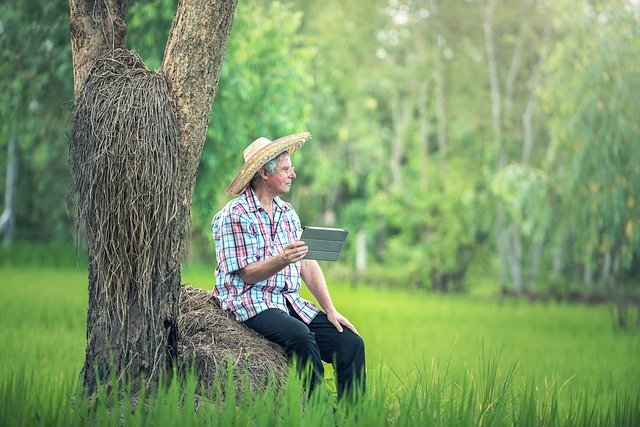Doing more with less, why digital farming is important

By Joe Gallenti. The Australian farming industry is continuously called up to produce more with finite resources. And it’s expected to do this in the face of significant challenges: ranging from persistent drought conditions in most of the country to volatile commodity prices across the globe and increasing costs.
Population growth and a growing global middle class, particularly among Australia’s neighbours in Asia, is increasing the demand for food. While demand is set to grow, farmers are facing the challenges of a changing climate. Increased temperatures, changes in rainfall patterns, more frequent extreme weather events, and reductions in water availability.
Matched with these issues are ever increasing consumer expectations around food quality and sustainability. Today people are better informed about the products they buy and they want to know more about where their products come from.
Digital technologies promise considerable opportunities for farmers to innovate their practices and start producing more for less. Digital farming, in its essence, is about collecting and analysing data and using that data to create value. It involves creating actionable intelligence about what’s happening on the farm and deciding how best to change thing.
Tracking and Identification
For example, tracking and identification technologies such as RFID and IoT (the Interne of Things) can greatly improve the tracking and management of livestock. Integrated digital animal health biometric sensors and electronic identification devices enable can farmers to rapidly respond to cases of animal stress or disease, helping to increase livestock production and improve livestock health. These same systems can provide the information consumers need about the origins and quality of products
Robotics
Robotics are being introduced to the dairy, poultry and beef farming industries. Applications include autonomous feeding and milking, egg collection and sorting, and autonomous cleaning. These technologies are helping early detection and treatment of animal health issues.
Satellite and infra-red Imagery
Satellite imagery is helping farmers to select the right crop variety to plant, deciding how much fertiliser to apply as well as implement the best crop protection measures. In cropping, less waste and higher yields are being generated by equipment programmed for variable seeding rates and depths based on soil property and moisture data, derived from satellite imagery.
Digital infra-red light and heat sensors combined with geographic information system technology in drones are being used to measure paddock crop health and make informed decisions about irrigation, pest management, and harvesting.
Further reading
https://www.csiro.au/en/Research/AF/Areas/Digital-agriculture
http://agriculture.vic.gov.au/agriculture/digital-agriculture/about






